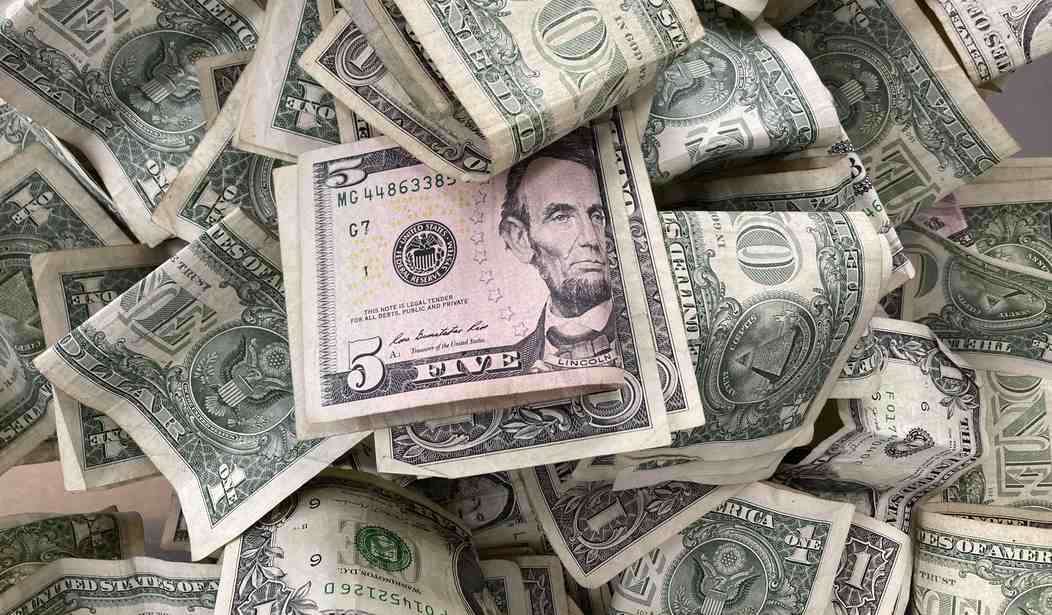When prices began to rise after the shutdowns of 2020 ended, the Biden administration and the Federal Reserve were both assuring Americans that the spike in prices was “transient” and everything would settle back down once the economy recovered.
The economy grew a robust 5.7% last year, but price increases did not cool down. Economists now expect inflation to be a concern through 2022 and into 2023.
The latest numbers continue to alarm; prices rose on a year-to-year basis by 7.9%, and leading the way were large increases in the price of gas, food, and rent.
Even if the supply chain crisis eases, the problem with prices is expectations of inflation. This means that in every transaction, every economic decision made by individuals, the prospect of higher prices will be present.
Workers will want larger raises and want them more often. The inflation “premium” will affect interest rates, which means mortgages, car loans, and consumer credit will all go up.
Even as the Fed prepares to rein in demand, high gas costs tied to the conflict in Ukraine threaten to keep inflation elevated for longer. They could become a serious issue for central bank policymakers if they help convince consumers that the burst in prices will last. If people begin to expect inflation, they may change their behavior in ways that make it more permanent — accepting price increases more readily and asking for bigger raises to keep up.
This is just the latest instance, as far as prices go, in which what can go wrong does seem to be going wrong.
This is the Times’ way of saying, “It’s not Biden’s fault, America!” And while there are other factors at work, including Vladimir Putin’s itch to absorb Ukraine, prices were going up long before the Russian army fired a shot.
Housing costs make up a big chunk of the overall index and move very slowly and often in response to economic conditions, so Fed and White House officials are likely to take note of that change as something that could keep inflation elevated.
Food costs are also up sharply. Over the past year, grocery prices have increased by 8.6 percent, the largest yearly increase since the period ending in April 1981. In February, the cost of products including fresh fruit and non-alcoholic drinks climbed notably.
But gas also mattered a lot. Surging prices at the pump accounted for about a third of February’s increase in the Consumer Price Index, the government said.
Related: Sorry, Folks, Biden Doesn’t Have a Plan for Controlling Inflation
Inflation expectations took hold in the 1970s and weren’t rung out of the economy until Paul Volker, the Federal Reserve chair at the time, jacked up interest rates to an uncomfortable 16.3%. It led to a deep recession.
We’re not there yet. But the tools available to the Fed, the White House, and Congress are limited at this point, and aside from raising interest rates to slow the economy down, all the Fed can do is ride the wave and hope for the best.










Join the conversation as a VIP Member